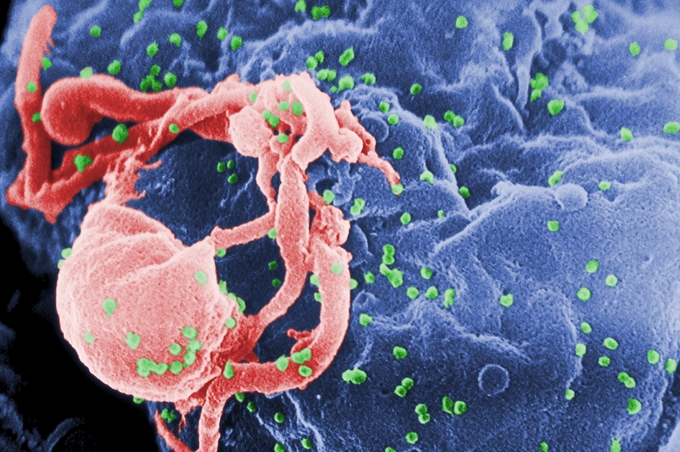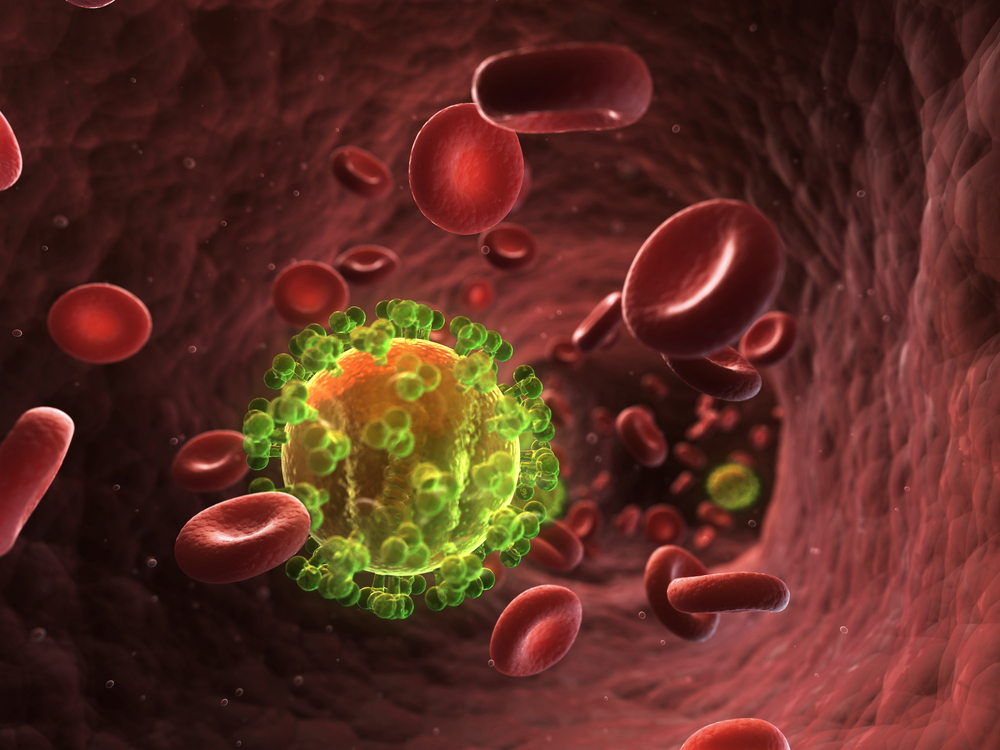The Human Immunodeficiency Virus and Acquired Immunodeficiency Syndrome are among the most significant global health challenges of our time. These conditions have affected millions of people worldwide, leading to widespread efforts in research, prevention, and treatment. Understanding the nature of these diseases, their causes, symptoms, and available treatments is crucial for raising awareness and improving outcomes for those affected.

Overview of Human Immunodeficiency Virus and Acquired Immunodeficiency Syndrome
The Human Immunodeficiency Virus is a virus that attacks the immune system, specifically targeting cells known as CD4 cells, which play a critical role in defending the body against infections. When left untreated, this virus can progress to a more severe stage called Acquired Immunodeficiency Syndrome, which is characterized by a severely weakened immune system. At this stage, the body becomes highly vulnerable to opportunistic infections and certain types of cancers.
Although there is no cure for the virus or the advanced stage of the disease, advancements in medical science have made it possible for individuals to live long and healthy lives with proper care and treatment. The focus on early detection, antiretroviral therapy, and preventive measures has significantly reduced the impact of these conditions on affected populations.
How the Virus Works
The virus operates by integrating itself into the genetic material of the host’s immune cells. Once inside, it replicates and spreads, gradually destroying the immune system’s ability to function effectively. Over time, the depletion of immune cells leaves the body defenseless against a wide range of illnesses. This progression underscores the importance of early diagnosis and intervention to slow or halt the advancement of the disease.
Causes of Human Immunodeficiency Virus
The primary cause of the virus is exposure to infected bodily fluids. The virus can be transmitted through several means, each posing a risk to individuals who come into contact with contaminated fluids. Below are the main modes of transmission:
Unprotected Sexual Contact
- Engaging in unprotected sexual activities with an infected partner is one of the most common ways the virus spreads. This includes vaginal, anal, and oral sex.
- The risk is higher in cases where there are open sores, cuts, or inflammation in the genital area, as these provide entry points for the virus.
Sharing Needles and Syringes
- Individuals who inject drugs and share needles or syringes are at significant risk of contracting the virus. Contaminated equipment can harbor the virus, which is then introduced into the bloodstream during injection.
- This mode of transmission is particularly concerning in communities where drug use is prevalent and access to clean needles is limited.
Mother-to-Child Transmission
- Pregnant women who carry the virus can pass it to their unborn children during pregnancy, childbirth, or breastfeeding. However, with appropriate medical interventions, the risk of transmission can be greatly reduced.
- Antiretroviral therapy and cesarean delivery are among the strategies used to protect newborns from infection.
Blood Transfusions and Organ Transplants
- In rare cases, the virus can be transmitted through blood transfusions or organ transplants if the donor is infected. Stringent screening processes have significantly minimized this risk in many countries.
- However, in regions with limited resources, the lack of proper testing facilities may still pose a threat.
Symptoms of Human Immunodeficiency Virus and Acquired Immunodeficiency Syndrome
The symptoms associated with the virus vary depending on the stage of the infection. In the early stages, symptoms may be mild or even absent, making it difficult to detect the presence of the virus without testing. As the disease progresses, symptoms become more pronounced and debilitating.
Acute Infection Stage
Shortly after initial exposure to the virus, some individuals experience flu-like symptoms, often referred to as acute retroviral syndrome. These symptoms typically appear within two to four weeks and may include:
- Fever
- Fatigue
- Sore throat
- Swollen lymph nodes
- Rash
- Muscle and joint pain
These symptoms usually resolve on their own, leading some individuals to believe they have recovered. However, the virus continues to replicate and weaken the immune system during this asymptomatic period.
Chronic Infection Stage
As the disease enters its chronic phase, individuals may remain symptom-free for years. During this time, the virus slowly depletes the immune system, increasing the risk of complications. Regular monitoring and treatment are essential to prevent progression to the advanced stage of the disease.
Advanced Stage of the Disease
When the immune system becomes severely compromised, individuals are diagnosed with the advanced stage of the disease. At this point, the body struggles to fight off infections and diseases that would typically be manageable. Common symptoms and complications include:
- Recurrent and severe infections
- Chronic diarrhea
- Weight loss
- Night sweats
- Persistent fatigue
- Memory problems and cognitive decline
Opportunistic infections, such as pneumonia, tuberculosis, and certain types of cancer, are also common in this stage and can be life-threatening without prompt medical attention.
Treatment Options for Human Immunodeficiency Virus
While there is currently no cure for the virus, effective treatments are available to manage the condition and improve quality of life. The primary goal of treatment is to reduce the amount of the virus in the body, preserve immune function, and prevent the progression to the advanced stage of the disease.
Antiretroviral Therapy
Antiretroviral therapy is the cornerstone of treatment for the virus. This approach involves using a combination of medications to suppress the virus and prevent it from replicating. Key benefits of antiretroviral therapy include:
- Lowering the viral load to undetectable levels, reducing the risk of transmission
- Restoring and maintaining immune function
- Improving overall health and extending life expectancy
It is essential for individuals undergoing antiretroviral therapy to adhere strictly to their medication regimen, as inconsistent use can lead to drug resistance and treatment failure.
Preventing Opportunistic Infections
As the immune system weakens, individuals with the virus are at increased risk of developing opportunistic infections. Preventive measures, such as vaccinations and prophylactic medications, are often recommended to reduce this risk. Common strategies include:
- Vaccination against diseases like influenza and pneumonia
- Use of antibiotics to prevent specific infections, such as tuberculosis
- Regular monitoring for signs of infection and prompt treatment when necessary
Lifestyle Modifications
In addition to medical treatment, lifestyle changes can play a significant role in managing the virus. Adopting healthy habits can help strengthen the immune system and improve overall well-being. Recommendations include:
- Eating a balanced diet rich in fruits, vegetables, and whole grains
- Engaging in regular physical activity
- Avoiding tobacco, alcohol, and recreational drugs
- Practicing safe sex and using protection to prevent reinfection or transmission
Emerging Treatments and Research
Ongoing research continues to explore new treatment options and potential cures for the virus. Recent advancements include:
- Development of long-acting injectable medications that reduce the need for daily pills
- Gene-editing technologies aimed at eliminating the virus from the body
- Vaccines designed to prevent infection or boost immune responses
While these innovations hold promise, further studies are needed to determine their safety and efficacy before they can be widely implemented.
Prevention Strategies
Preventing the spread of the virus is a critical component of global health efforts. Education, awareness, and access to preventive measures are key to reducing transmission rates. Some effective prevention strategies include:
Safe Sexual Practices
- Using condoms consistently and correctly during sexual activity
- Getting tested regularly for sexually transmitted infections
- Discussing sexual health openly with partners
Access to Clean Needles
- Providing needle exchange programs for individuals who inject drugs
- Encouraging the use of sterile equipment for injections
Prenatal Care and Testing
- Ensuring pregnant women receive routine testing and treatment if needed
- Administering antiretroviral therapy to reduce the risk of mother-to-child transmission
Blood Safety Measures
- Implementing rigorous screening protocols for blood donations
- Using heat-treated or synthetic blood products when possible
Global Impact and Challenges
The virus and the advanced stage of the disease have had a profound impact on public health systems worldwide. Despite significant progress in treatment and prevention, challenges remain, particularly in low- and middle-income countries. Barriers to accessing care, stigma, and discrimination continue to hinder efforts to combat the epidemic.
Disparities in Access to Care
Unequal access to healthcare services disproportionately affects marginalized communities, including those living in poverty, racial and ethnic minorities, and LGBTQ+ individuals. Addressing these disparities requires targeted interventions and increased funding for underserved populations.
Stigma and Discrimination
Social stigma surrounding the virus often discourages individuals from seeking testing and treatment. Educating the public and promoting acceptance are vital steps toward creating a supportive environment for those affected by the disease.
Future Directions
Continued investment in research, education, and healthcare infrastructure is essential to achieving the goal of ending the epidemic. Collaborative efforts between governments, organizations, and communities will play a pivotal role in shaping the future of human immunodeficiency virus and acquired immunodeficiency syndrome management.





